IS4GT Descriptions
Pre-Med ED
Dates: July 15-19, 2024
Are you interested in going into the medical sciences? Does becoming a doctor, nurse or pharmacist sound fascinating to you? If so, then Pre-Med ED is perfect for you! The purpose of this program is to foster an interest in the STEM fields, specifically the medical sciences and to create awareness of college admission, and generate a strategy to become a successful health care professional. As participants, students will discover the content of medical courses through demonstrations and hands-on activities, explore the options for undergraduate and professional majors, and gain information about medical specialties. Students will be learning and participating in hands-on activities that include working with emergency medical technicians, pharmacology, physiology and much more.
Game AI
Dates: July 15-19, 2024
This class will cover both the psychological foundations of human decisions and the mathematical models that AI designers and programmers can use to replicate them. The instructors will present examples from game situations; the students will explore topics such as utility and will examine various ways of using algorithms to create believable simulations and then learn how to model human behavior in video games.
Monday: The Concept of Utility
We will cover what amounts to a core building block of decision making. We will learn how AI systems use the concept of utility to place a numerical value on objects and actions. For example, in an RTS (real-Time Strategy) game, different items have different utilities to different characters (or even in different situations).
Activities: Modeling Individual Decisions; Defining Decision; Deciding What to Decide
Tuesday/Wednesday: Marginal Utility
There is a real struggle when it comes to quantifying utilities. The same item may have a different utility to the same character as a different time, for example. This complicates things in any given AI system significantly; in most scenarios, we can’t assume something (a resource in a game, for example) will have a particular utility every time we encounter it. In other words, if the utility of that resource is always changing, how would we try and quantify that utility?
Activities: Analyzing a Single Option: Identifying Factors; Identifying Relationships; Building Connections; and Scoring the Option
Thursday: Relative Utility
Utility and marginal utility are only valuable when they are put into a comparative context. In other words, to compare things, we need some way to measure those things. In addition, we need to measure them in such a way that they can be compared to other measurements. How would we “count up” or compare decisions that an AI character in a video game would make?
Activities: Comparing Options; Selecting an Option; Testing the Algorithm; Summarizing the Decision Process
Friday: Mathematical Modeling
Mathematical functions are integral to game development. This is especially true in the subspecialty of game artificial intelligence. We’ll cover several types of functions including the familiar (linear and quadradic) and less familiar (logistic and logit).
Activities: Changing a Decision; Monitoring a Decision: Time Frames and the Hybrid Approach
Anthropology, Archaeology, and Cartography: Hundreds of Years in the Making
Dates: June 17-21, 2024
Introducing Anthropology, Archaeology, and Cartography. Last year a 142-year-old observatory was discovered on the Michigan State University campus. Students can now apply to learn all about this historic discovery this summer in IS4GT. In this program, students will learn about the past through archaeology, anthropology, and cartography.
Learning about past people through archaeology/anthropology. This course will investigate how archaeologists learn about past cultures. Students will learn about how archaeological sites are formed, how past people adapted to the environments they lived in, and then practice analyzing archaeological collection for themselves.
This program will also introduce students to the ideas of geography, weather patterns, and how these interact to form biomes. They will discuss the uses of maps to dictate these, and allow the students to come up with their own maps that they can take home with them.
YouTube video about the observatory discovery:

 GATE: Gifted and Talented Education
GATE: Gifted and Talented Education